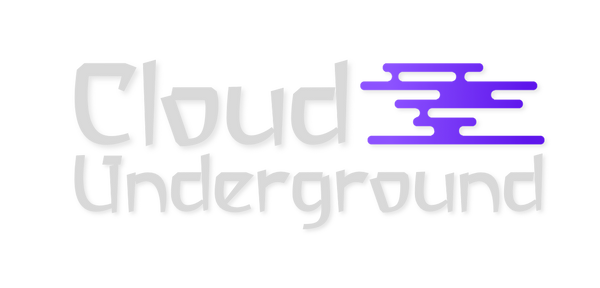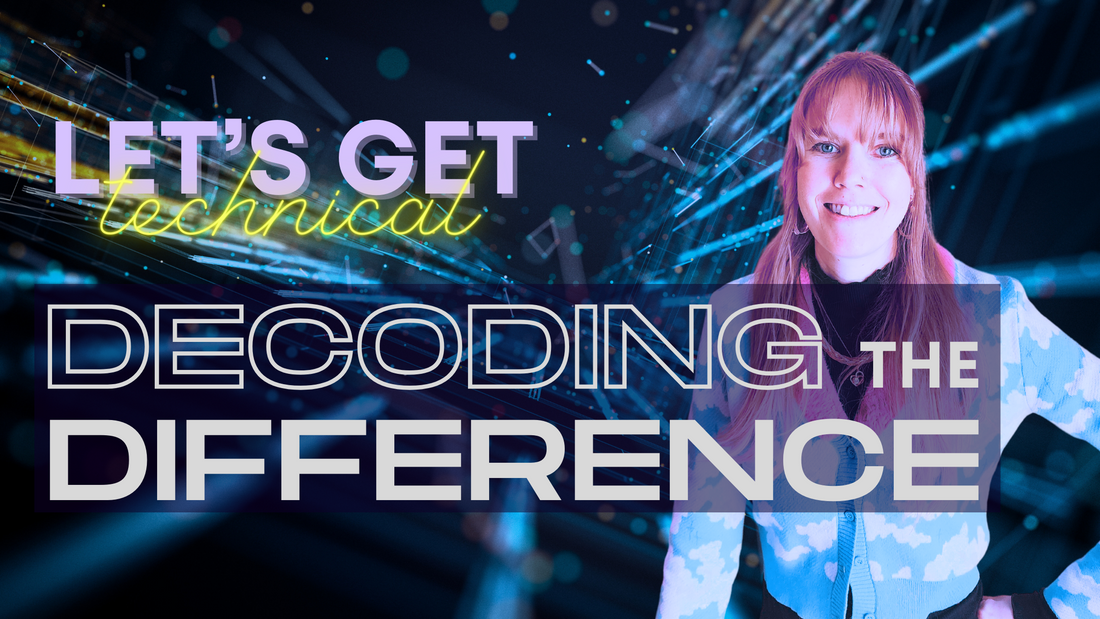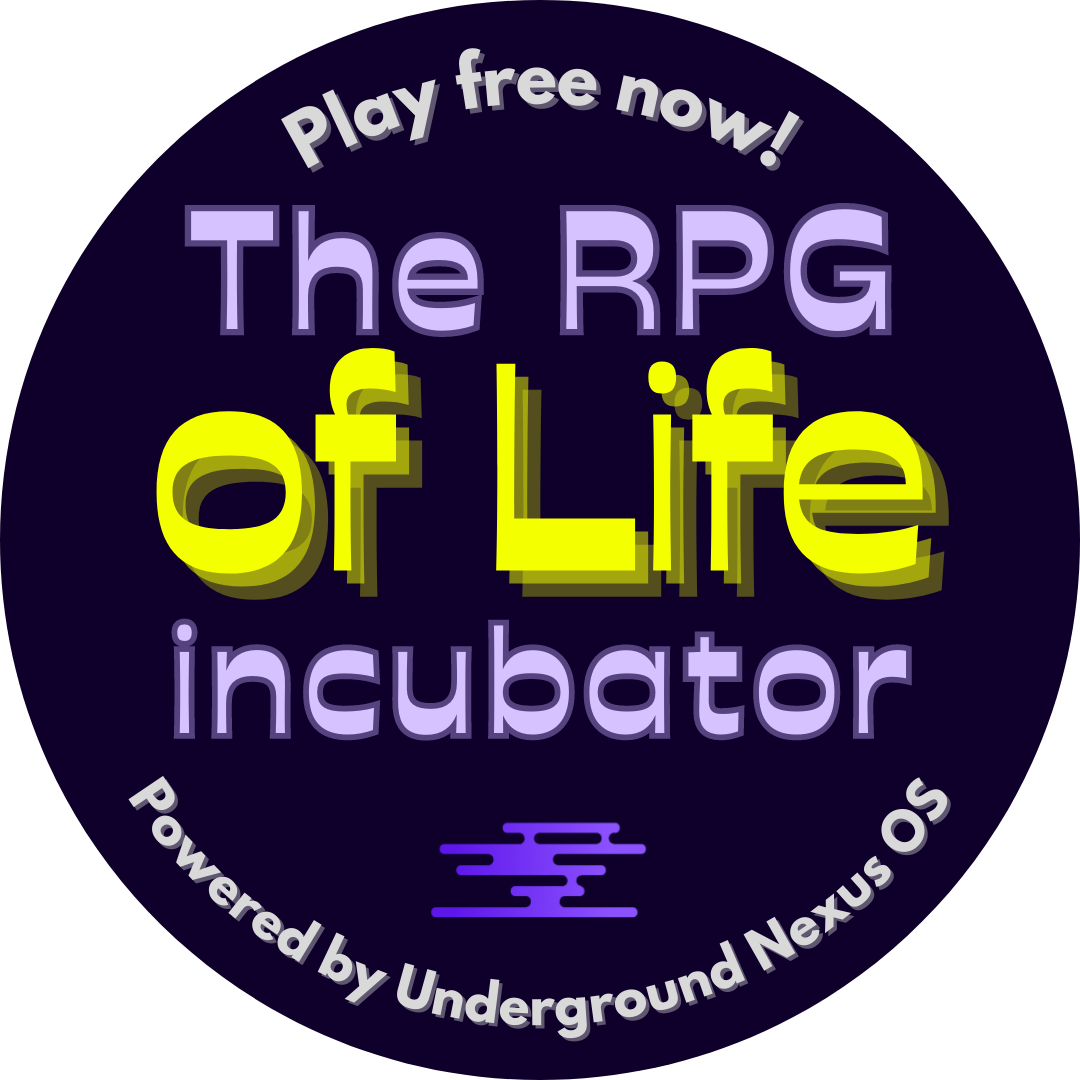Technical Writing Versus Other Types of Copywriting
By Laura Riley
In my years as a writer, I've held a range of roles, from marketing copywriter to newspaper journalist, from magazine publisher to fact-checker and proofreader. In my more recent career as a technical writer, I've noticed some distinct nuances that differentiate technical writing from various other forms of writing.
From the precision of its language to the specificity of its audience, technical writing is an art form that balances the complex with the comprehensible.
In contrast, other forms of copywriting, including marketing, advertising, and creative writing, pursue different goals, from persuading to entertaining. These writing styles employ a different tone, cater to broader audiences, and often prioritize emotional appeal over scientific depth.
To shed light on these differences, here's a quick overview of how technical writing diverges from other copywriting genres.
Purpose and goals:
- Technical writing: Primarily aims to inform and instruct, focusing on clarity and accuracy in conveying complex information.
- Other copywriting: Often aims to persuade or sell, focusing on creating engaging, compelling content that drives action and engagement.
Audience:
- Technical writing: Targets a specific audience, often with a particular level of expertise or knowledge in a subject (e.g., professionals, technicians, end-users).
- Other copywriting: Generally targets a broader audience, aiming to appeal to emotions and interests of the general public or specific consumer demographics.
Content complexity:
- Technical writing: Typically deals with complex and specialized subject matter, requiring accuracy and detailed explanation.
- Other copywriting: Often seeks to simplify a topic for broader understanding with a focus on benefits and emotional appeal.
Language and style:
- Technical writing: Utilizes a formal tone with technical jargon (when appropriate for the audience), focusing on clarity and precision.
- Other copywriting: Employs a more creative and versatile tone, often using persuasive language and storytelling.
Structure and format:
- Technical writing: Highly structured, using headings, subheadings, bullet points, diagrams, and tables for easy navigation and understanding.
- Other copywriting: Can be more flexible in structure, using narrative flow, catchy headlines, and visually appealing formats to grab attention.
Objective vs. persuasive approach:
- Technical writing: Objective in nature, presenting facts and data without persuasion; the focus is on educating the reader.
- Other copywriting: Persuasive approach, aiming to influence the reader's opinion or encourage them to take a specific action.
Documentation and references:
- Technical writing: Often includes documentation, citations, and references to support the information presented.
- Other copywriting: Less likely to include formal citations; may use testimonials or anecdotal evidence for persuasive effect.
Revision and accuracy:
- Technical writing: Requires rigorous revision processes to ensure technical accuracy and compliance with standards.
- Other copywriting: While accuracy is important, the focus is more on the impact of the message and its appeal to the target audience.
Writing in all its forms is a vital tool for expression. No matter what type of copy you're creating, keeping in mind the audience, intent, and style will give you a great starting place when crafting your next masterpiece, whether that's a software manual or the next great American novel.
Understanding and appreciating the differences no only enriches our understanding of language and communication, but also empowers us to navigate and excel within diverse writing landscapes.
About the Author
Laura is a creative writer turned cloud-native start-up founder with a knack for demystifying complex technical concepts through engaging narratives. Her writing journey started as a newspaper journalism and magazine publisher, but she fell down the rabbit hole of cloud-native DevSecOps about five years ago and has never looked back!
On this journey, she found that she had a knack for writing meticulous reports, comprehensive manuals, insightful guides, and persuasive whitepapers.
If you're in need of a technical writer who can breathe life into your projects or a consultant to help navigate the technical communication maze, Laura's your person. Connect with her on LinkedIn for business inquiries and to follow her weekly blog.


